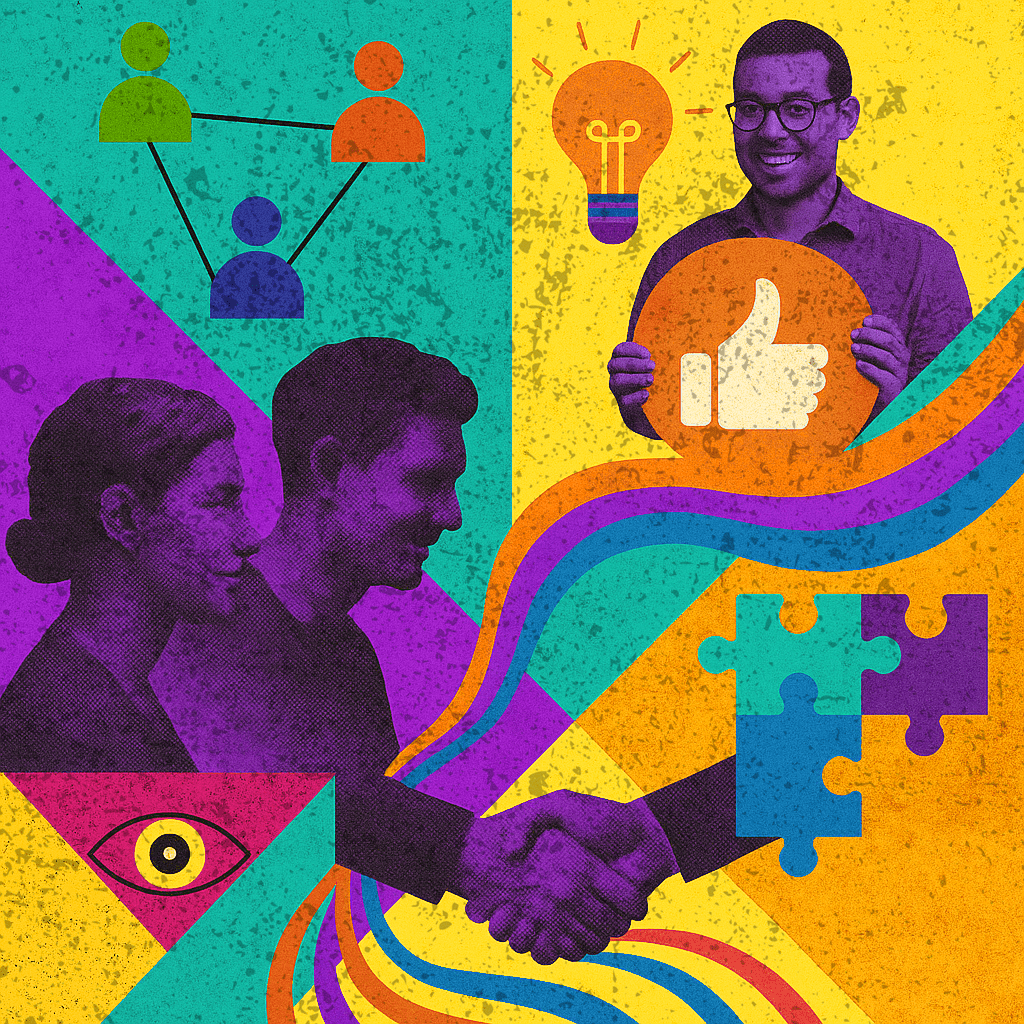Harnessing Our Social Nature for Innovation and the Greater Good
Human beings are intrinsically social beings, inherently drawn to interaction and collaboration. This fundamental trait underpins not only our personal relationships but also our capacity for social innovation and fostering collective welfare. Understanding how our social inclinations fuel creativity offers profound insights into designing solutions that not only cater to individual needs but also enhance community well-being. Exploring the creative design process reveals how integrating our social tendencies, including considerations for animals in designs aimed at them, can lead to outcomes that benefit all.
The Social Underpinnings of Innovation
Social innovation is grounded in the understanding that many of the challenges we face are communal, not solitary. Our natural drive towards sociability inspires us to connect, share ideas, and work together towards shared objectives. Empathy, a cornerstone of our social interactions, becomes a key driver in devising solutions that resonate with larger groups. This sense of empathy extends to our interactions with animals and the environment, indicating a comprehensive view of what constitutes a community.
The inclination to collaborate is crucial for addressing complex social issues. It creates spaces where diverse perspectives can converge, fostering an environment ripe for innovative solutions to emerge. Such collective problem-solving approaches are essential for tackling issues that span beyond individual experiences, requiring a melding of different skills and knowledge for more sustainable and impactful solutions.
The Creative Design Process and Social Engagement
The essence of the creative design process is deeply social. It relies on a thorough understanding of users’ lives, behaviors, and interactions. Design thinking, in this sense, is a communal activity, involving users and stakeholders early on to ensure that the outcomes align with communal desires and contribute meaningful value.
When designing for animals, such as products aimed at dogs, this process exemplifies a socially aware and empathetic approach. Designers must immerse themselves in the world from a dog’s perspective, considering their social and physical habits, interactions with humans and other animals, and engagement with their surroundings. This might include direct engagement with dogs, consultations with pet experts, and collaboration with pet owners to gather a wide range of insights. Such an approach ensures the end product not only meets the functional needs of pets but also strengthens the bond between pets and their human companions, enhancing the well-being of both.
Designing for Community and Collective Benefit
The overarching aim of weaving our social nature into the design fabric is to cultivate a stronger sense of community and collective benefit. By prioritizing empathy and inclusivity in design, we can create solutions that transcend individual issues, reinforcing social connections and contributing to the broader health of our communities. This can manifest in various forms, from urban designs that encourage social interaction and accessibility to products and services designed to foster community engagement and support.
In the context of social innovation, the creative design process serves as a powerful reminder of our innate social instincts. It underscores the potential of embracing these tendencies, extending empathy towards animals, and understanding the interconnectedness of our world, to develop solutions that serve not just individuals but the entire community. Through collaboration, empathy, and a comprehensive understanding of our social fabric, we can leverage our innate social nature to craft a more inclusive, sustainable, and compassionate world.



marijuana edibles bulk
cannabis gummies near me available online with quick shipping